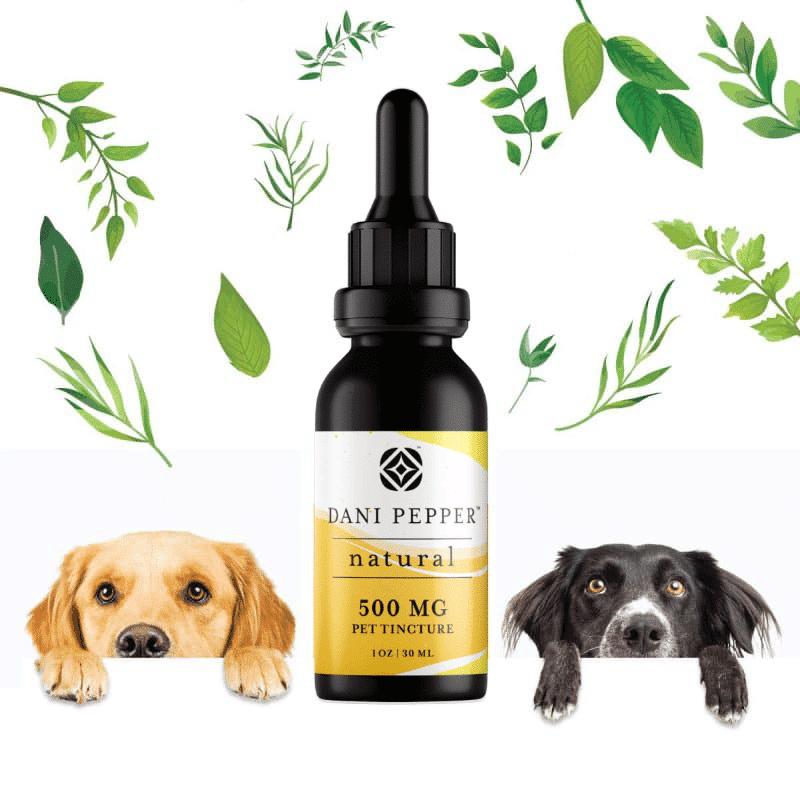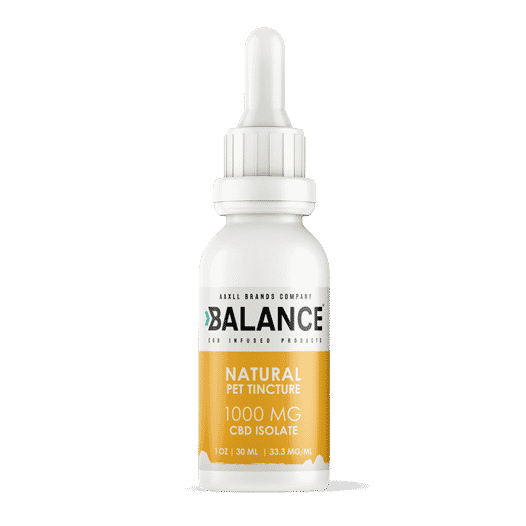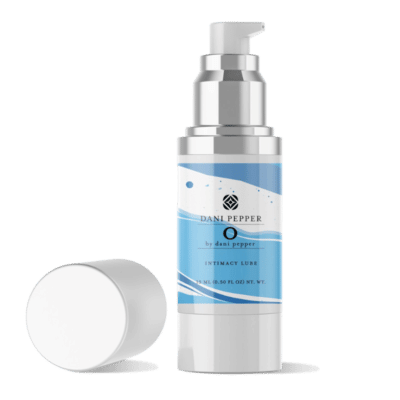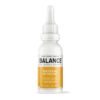Isolate for pets
Dogs deserve support too! Balance CBD’s CBD Oil for Dogs is carefully crafted for everyday use and comes in a convenient dropper to ensure the perfect does every time. Our vegan, non-GMO, gluten-free, natural formulation is third-party lab tested to ensure safety and consistency. Perfect for pets experiencing discomfort or acting overly rambunctious.
We only use two ingredients: CBD and MCT coconut oil, both natural and grown to organic standards. No additives or preservatives. Fortify your pet’s wellness routine with Dani Pepper — pure, clean, just as nature intended.
Certificate of analysis
Our products are third-party lab tested by Samantha Miller PhD.
She’s a pioneer in analytics and was given TIME magazine’s top invention of 2016 award!
Samantha Miller founded Pure Analytics, a leader in product testing and safety screening.
Dani Pepper is a proud partner.
AVAILABLE IN THE FOLLOWING STORES
You can also find our products in the following stores, but if you want the best deal then shop online!
The Dani Pepper Difference
Choose Dani Pepper for a richer & potent CBD experience.
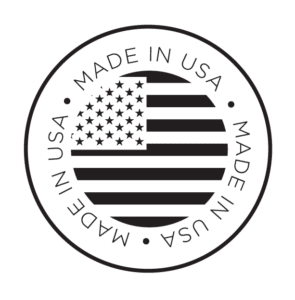
Made in the USA
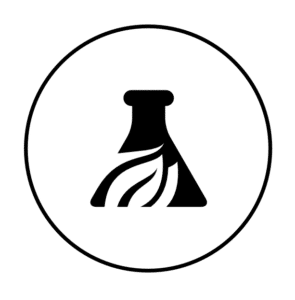
Lab Tested

Fast Shipping

High Quality
AS SEEN IN
FAQs
All orders are shipped out next day, Monday to Friday via ISPS ground shipping. We strive to get your order to you as fast as possible.
Our oil come with everything your need – a dropper, the tincture and instructions!
No. Our products do not contain any artificial ingredients. We are 100% sure that the products you receive will be among the best available on the market.
That’s a great question. Sometimes, you’d rather pop into a store and physically buy a product. However we recommend that you buy CBD oil online. This is because you’re able to compare the different brands out there, and also verify the contents of your purchase by looking at the third-party lab test.
We ship to all 50 states in America. The best place to buy Dani Pepper products is from the comfort of your home. Buying directly from us will mean that you’ll have access to the best deals, pricing and products!
You can safely buy CBD oils at the comfort of your own home.
- Nicholas – “THANK YOU BALANCE FOR YOUR CBD PET TINCTURE and for accurate instructions on how to use it. It worked right away. I could tell on the first day that Ryleigh was soothed”
- Ollie – “We used this on my brother’s dog. She is very high energy and erratic. After putting a few drops in her water bowl, she chilled out and napped. This is great for her because at night she is very energetic and now she can relax with the family.”
- Georgie – “I rescued a dog from out of state 7 years ago. She used to shake and twitch and be very uneasy all the time. I decided to try these drops. Her behavior calmed immediately..”
